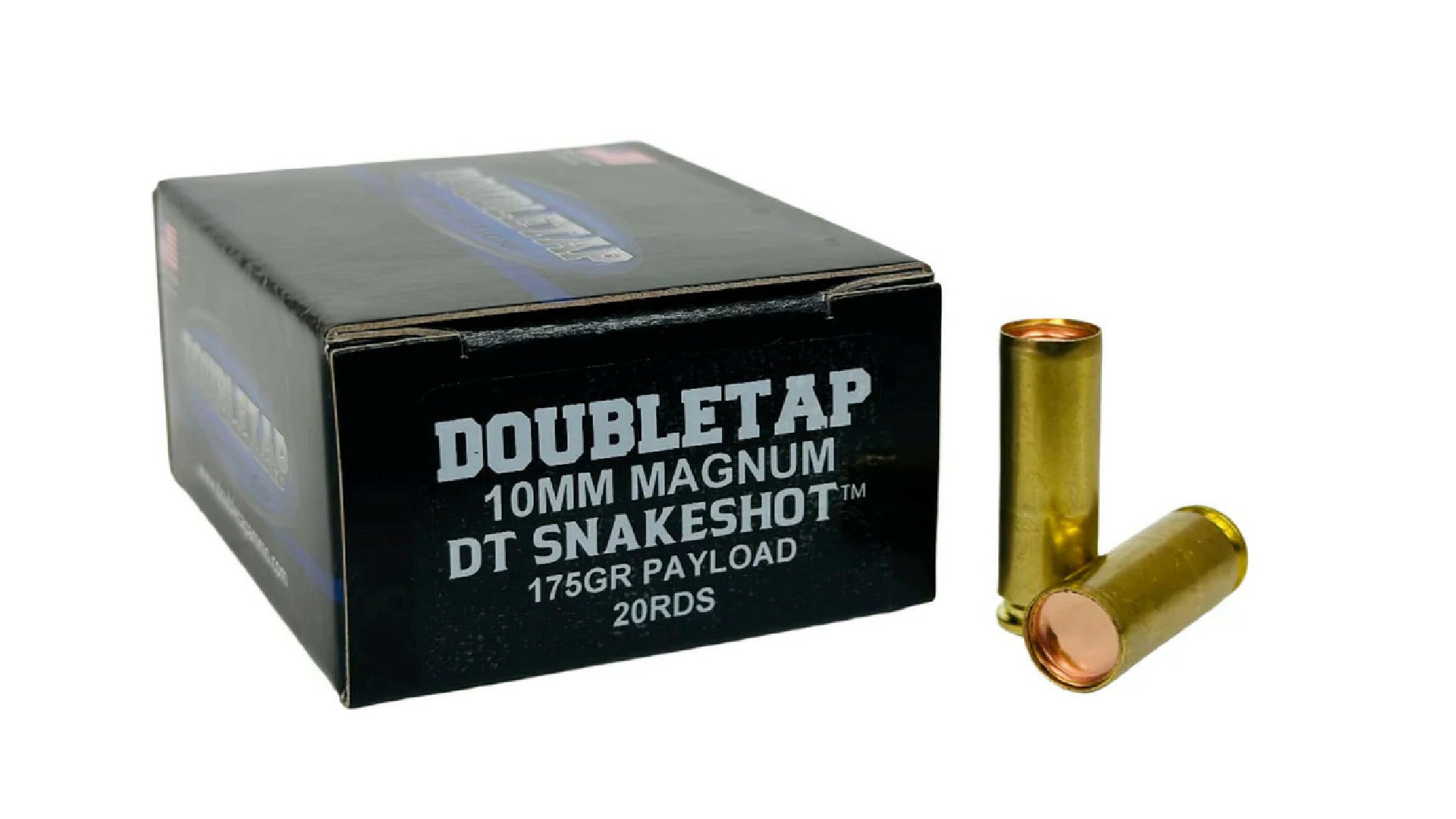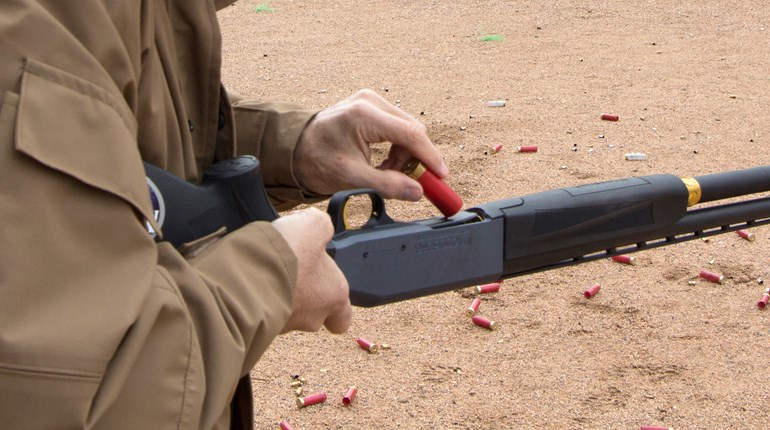
It was evening six of an elk hunt amid Colorado’s San Juan Wilderness when I heard a bugle deep in a dark timber ravine. With it being my last day, I went for broke. After a 10-minute descent I stopped to give a call, and the fiery bull cut me off with a hair-raising bugle. He was close!
Mere seconds later the slobbering 6X6 appeared from behind a cedar tree and trotted toward me, barely allowing me time to nock an arrow. With the bull looking at me now and growing suspicious, I had no chance to range him. Rather, I drew, pasted the 30-yard pin behind his shoulder and launched a broadhead just under his chest. He ran off, and I wept.
I’m still weeping.
Obviously I thought he was closer than he actually was. With a river of adrenaline racing through my veins I’d misjudged the distance badly. Today, however, there’s a way to draw my bow and range the animal, too. Enter rangefinder-integrated bow sights.
Most bowhunters already carry rangefinders; this new breed of sights eliminates that separate piece of gear by building it in. They allow the shooter to draw, range and use the correct aiming point in seconds with no additional movement. It’s a huge advantage, especially for spot-and-stalkers.
However, new technology also has drawbacks. First, rangefinders use batteries, and batteries can fail. Second, they’ll add a half-pound or more to your bow. Third, all require setup time and reading directions before use. And finally, they aren’t legal in some states, so check game laws before investing. Nonetheless, laser-rangefinding sights make a lot of sense. Here’s a comparison of three top units on the market, so you’ll know their pros, cons and prices before you consider bolting one to your bow.

Burris Oracle
Burris has become known not just for its scopes and binos, but also recently for its rangefinders and electro-optics. Its Eliminator riflescope series was revolutionary as the first affordable scope to integrate laser-rangefinding technology to range a target and automatically illuminate the reticle’s corresponding dot for that range. Burris’ new Oracle bow sight incorporates similar technology.
In essence it’s a high-end sight with micro- and third-axis adjustments. The sight ring is bisected by a vertical bar containing many LEDs that become aiming dots as they are needed. The sight also houses an integrated laser rangefinder and a digital readout.
After the Oracle is set up, calibrated and zeroed, all the shooter must do is draw, aim at a target, punch the remote button, and then aim using whatever dot illuminates. The difference between it and the Garmin Xero A1i is that the Oracle uses physical, pin-mounted, electronic dots and not a reflex/pane design. This means that if the batteries fail, the shooter can still use at least one non-illuminated aiming point on the bar. Using the rangefinder while not at full draw requires installing the provided rear sight.
Installation and setup was not overly difficult but required systematically following the directions. I found the Oracle wasn’t as easy to set up as the Xero, mainly due to the lack of a wizard. Much of the setup time is spent aligning the rangefinder precisely. Like the other sights here, this is best done with a partner so you can make adjustments while at full draw. But, once you get it set up and your zero verified at multiple ranges, it works like magic. Like the others, the Oracle is heavy at 17 ounces, but it’s really well made, durable and comes neatly packaged with everything you’ll need including a torque wrench. Batteries are reported to last up to 2,000 activations.
The $829 Oracle is an amazing bow sight that virtually eliminates the time and thought involved in ranging an animal and choosing the correct pin. It’s a balance between the all-digital Garmin and the more traditional sight-plus-rangefinder IQ Define.

Garmin Xero A1i
Hailing from outdoor-tech giant Garmin, the Xero A1i is arguably the most advanced bow sight ever produced. It has more features than most hunters will use, like a shot counter and Bluetooth connectivity to send data to your computer yet I was impressed by its user-friendliness. It has only four buttons total, plus a wizard that walks you through the setup process. Certainly you’ll need to follow the directions and allow an hour for setup, but after that it’s deadly.
The Xero differs from the other two units here in that it’s a reflex-style sight (think red-dot sight) that offers advantages but also some negatives. Because its aiming dots (your choice of red or green) are projected on a pane within the sight window, they remain accurate regardless of the shooter’s head/eye position. Plus, there are no pins to obstruct the view of the target.
The main disadvantage is that if the pane gets damaged or fogged, aiming may be impossible. Glare when shooting into direct sunlight can also be an issue. In testing the Xero, however, I experienced none of those things; it worked precisely as advertised.
The heart of the Xero is a laser rangefinder calibrated to the shooter’s point of aim via an electronic reticle. When the aiming dot is centered in the reticle and both are lined up on target, the distance to that target is sent to the digital readout. This system allows using the rangefinder while not at
full draw; you can forgo a handheld unit.
The Xero is made for hunters and target shooters. You can program it for single or multiple “dots” as well as trajectories for different arrow setups. You can save settings for broadheads and field points, for example, without re-zeroing the sight.
To use it, simply point the Xero at a target, push the grip-mounted button that will range the target and activate the appropriate dot for the respective range, and then aim using the lighted dot. The sight even compensates for shot angle.
Battery life is touted at one year, although it depends on use and weather conditions. I wish getting into the AAA-battery compartment were easier. I accidentally dropped the Xero face-first on concrete and it did not break, a huge relief considering the unit’s $999 price. It’s also waterproof.
If the Xero were the same price as the others—or I were more of a target shooter—it would probably be my top choice. But I am concerned about those batteries in the elk woods. If it had a physical flip-up pin or an etched dot in the pane for emergencies, I’d probably be sold.

IQ Define
The IQ Define is a high-quality five-pin bowsight with an integral laser rangefinder and display that hunters can read at full draw. It’s unlike the Xero and the Oracle in that its rangefinder doesn’t coordinate with its aiming points to automatically compensate for holdover. Shooters must choose the appropriate sight pin once they know the range. But this is what bowhunters are accustomed to doing anyway; the Define is just quicker than using a handheld unit.
Most notably, if the batteries die, the Define can be used as a conventional sight. And as a bow sight, it has everything hunters need including fiber-optic and artificially lighted pins, a bubble level, hand-tightened micro-adjustments and more.
Setup involves calibrating the top pin with the rangefinder’s infrared laser by way of an included visible laser. Once set, the shooter must only zero the pins like any bow sight.
The Define’s advantages are obvious: Being able to range while at full draw can mean the difference between a filled tag and a nothing-burger, as can having the ability to aim normally if the batteries bite the dust. However, the Define has one major disadvantage that is reportedly being corrected with the soon-to-come Define Pro version: The rangefinder isn’t designed to be used as a standalone unit while not at full draw. (The Define Pro will include IQ’s Retina Lock technology that should remedy this.)
I love this sight for its practicality, its failsafe qualities and its affordable $379 price ($579 for the Pro). In addition, it may be legal—and would still work as a conventional sight—for places like Colorado by removing the rangefinder’s batteries. If you are tough on gear and don’t want to gamble on batteries at the moment of truth, this is probably the unit for you.



































